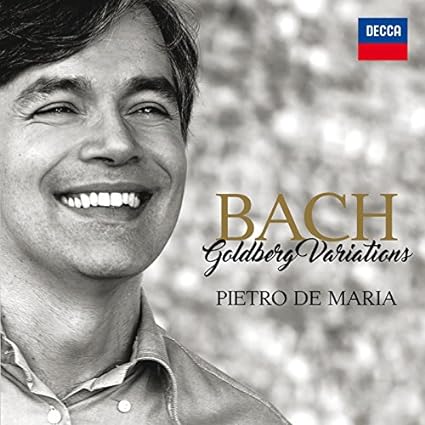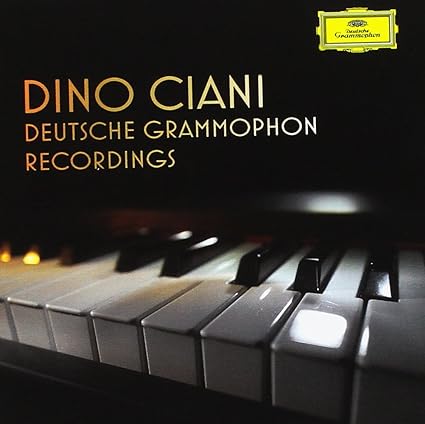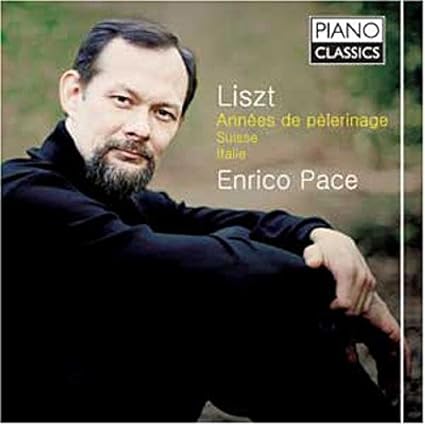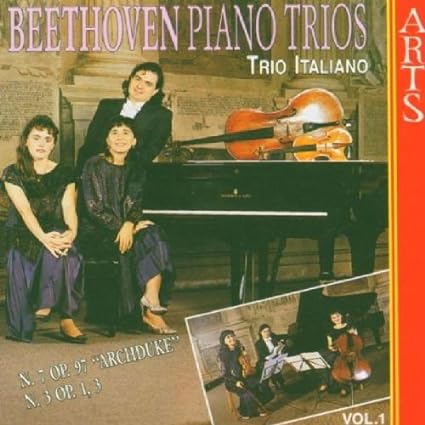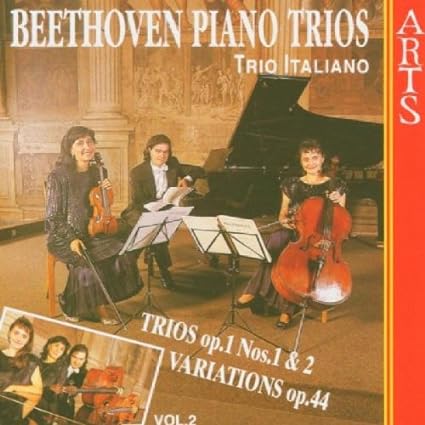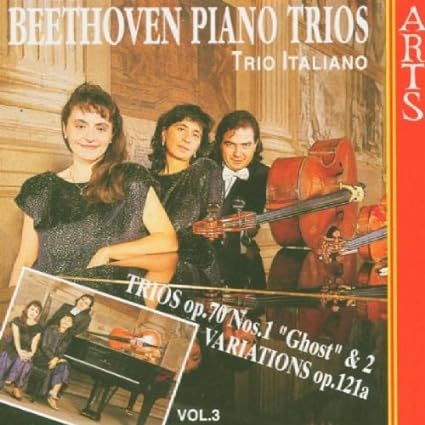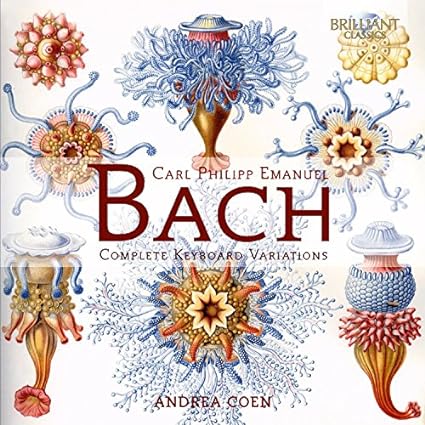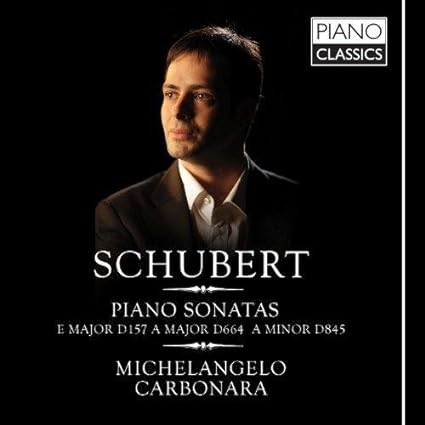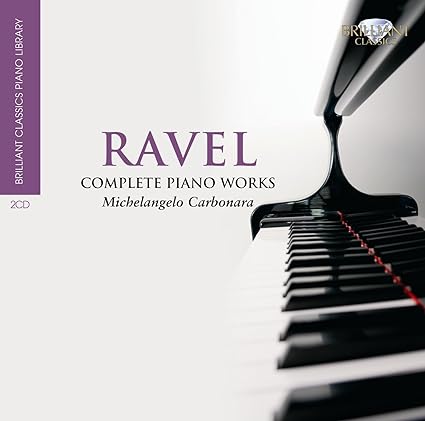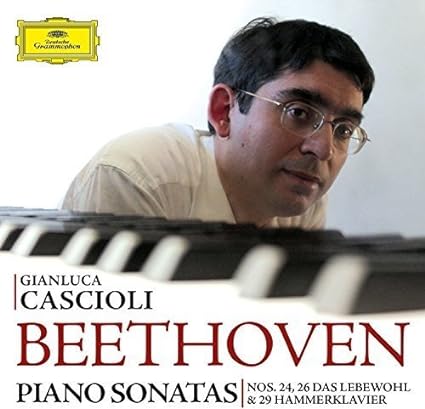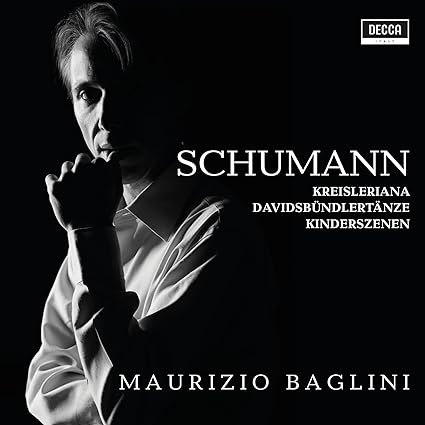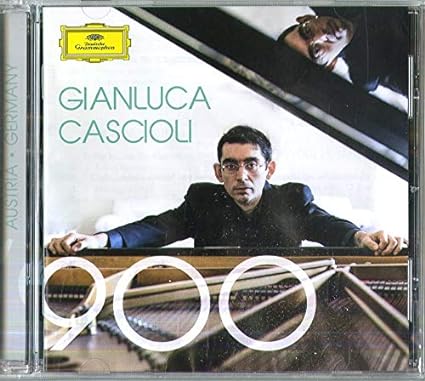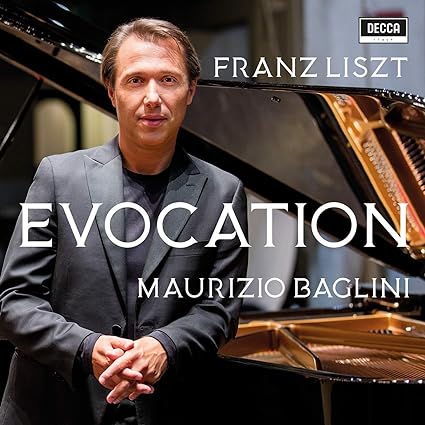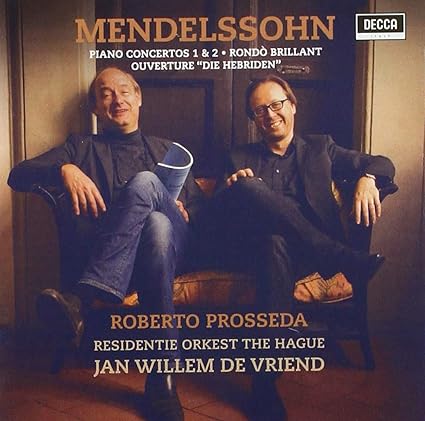
When I worked my way through a big slug of Mendelssohn's Lieder Ohne Worte a few years ago, Roberto Prosseda's set ended up being one of the better ones. I was aware that he was recording all the works for solo piano, as well as the piano concertos and some chamber music, including a superb recording of the First and Third Piano Quartets, but I wasn't especially keen on the notion of hearing that much Mendelssohn. However, when the complete set of solo piano music became available for super-bargain price, I figured it couldn't hurt to give the set a shot. I'll just cover the new discs.
The third disc opens with the F Minor Fantasia, Op 28, which sounds mostly fleet but occasionally organ-like and fairly serious, and then mostly fleet with gobs of notes in the fast slow movement and really fast closing movement. Three sonatas follow. The Op 6 is light and informed by Beethoven to start, but the Tempo di Menuetto movement, if perhaps repetitive, sounds very much like Mendelssohn and is quite appealing, and the Adagio, again informed by Beethoven, is very nice, while the closing movement is quick, laden with many notes, and playful. The Op 106 Sonata is a bit more dramatic and more formal, and while unambiguously romantic, it remains slight, though that is not meant negatively. Op 105 follows, and is less dramatic but more energetic, and quite accomplished for a composer not yet into his teens when he wrote it. The other sonatas all date from Mendelssohn's teen years, including the brief, one movement MWV U 42 sonata that ends the disc, which is a nice, condensed piece.
The fourth disc opens with the well known Rondo Capriccioso. Prosseda keeps it light and lyrical, generally gliding across the keyboard, adding some more drama, and congestion, near the end. There's lots of fast and light playing throughout the other works. In the Fantaisies on Caprices Op 16, the already high overall energy level becomes more pronounced, and Prosseda speeds things up even more. The music and playing is superficially exciting. The Capriccio Op 5 is similar, but it develops into two decidedly different parts in places, with the left hand playing dramatic and the right speedy melody, and Prosseda never breaks a sweat.
Disc five opens with the Op 54 Variations sérieuses. After the Lieder Ohne Worte, this is the piece I've managed to collect the most versions of - Thibaudet, Perahia, Korstick, Renard, Cortot - and Prosseda holds his own. He lacks the impact of Korstick, and the effortlessness and scintillating sound of Thibaudet, but this is none too shabby. The remaining pieces - more variations and Preludes and Fugues - all sound just nifty, though Benjamin Grosvenor shows that even more musical satisfaction can be extracted from selected Preludes and Fugues.
Disc six contains various pieces - character, children, and piano - and preludes and etudes. The seven Op 7 Character Pieces that open the disc are quite nice, displaying sleek Bachian sound, with the last a proto-lieder ohne worte, though less so that the quite excellent Andante e Presto agitato that follows, which sounds like two or three of the pieces stitched together. The various other pieces all sound fun and light. The Op 104 Etudes have some Chopinesque traits, but also seem like they may have inspired others, like perhaps Saint-Saens. The disc also contains two little gems, musical sketches from 1833, MWV U 93 and MWV U 94, both of which were published in 1834. Though short in duration, they both hint at something more. The Andante cantabile opener starts off with an Ave Maria on the organ type sound, and is lovely as all get out. The much more robust Presto agitato is a weighty but small scaled etude. Here's five minutes of unexpected accomplishment and depth. The Perpetuum mobile MWV U 58 that closes the disc is a pure delight and would make a great encore.
The next three discs contain juvenilia and occasional pieces. The discs contain dozens of pieces of various lengths and levels of sophistication. Some are mere wisps of pieces, light and forgettable. Some, though, offer more. Multiple times when listening, one hears what almost sound like sketches or germs of ideas of later, greater Mendelssohn works, like his symphonies or overtures. Some are noteworthy for other reasons. The Bärentanz, MWV U 174 (1842) is a great good time, with a joyfully growling left hand. It would make a splendid encore. The massively scaled, for Mendelssohn (at ~24'), Fantasia MWV U 41 (1823) sounds like souped-up Mozart meets Clementi meets, well, Mendelssohn. The Capriccio MWV U 43 that follows sounds very influenced by Beethoven. (That seems reasonable for a young composer in the 1820s.) Four youthful sonatas are included, and all sound rather more accomplished than eleven year olds might typically write, and if they aren't masterpieces of the genre, they indicate a precociously talented musician with early hints of his future self. Also included in the three discs is a piano transcription of thee pieces from
A Midsummer Night's Dream. It's something of a mystery why these pieces are not recorded and performed more, and Prosseda does them proud.
The set closes with a disc devoted to the works for two piano and piano four hands, with Prosseda's wife, the extremely fine pianist Alessandra Ammara, joining in. The disc opens with one complete sonata and one sonata movement for two pianos from a tweenage Mendelssohn. As expected, the wee lad was adept at imitative art, infusing something personal and fun into the proceedings. A substantial four hands Fantasie from the composer's teenage years follows, and here one can hear more hints of the Mendelssohn to come. There's more imitation, to be sure, but Mendelssohn's style shines through, and the drama, sort of faux sounding, nonetheless sounds appealing and offers a nice contrast for the more fluid fast music. "Late" Mendelssohn follows, with a very Mendelssohnian two-movement Duetto and substantial yet slight Andante and Variations priming the listener for the closer, the full six piece transcription of movements from
A Midsummer Night's Dream. Here's some of Mendelssohn's best-known, best music, expertly transcribed. From the overture through the Wedding March, the music sounds, if anything, fresher when played on piano than by orchestra. The textures are thicker than for two hands, and the extra digits allow for some dazzling effect (eg, the playful, light, yet dense upper registers in the Overture), and some rich harmonies in the Notturno, among other aural delights. Husband and wife play together splendidly.
The set as a whole is quite good. While some gems pop out, it's clear why relatively few of Mendelssohn's solo piano efforts get a lot of love on disc. His solo piano output as a whole isn't up there with the greatest composers in the space. But there's a lot of enjoyment to be had exploring the compositions, and I'm glad I went for the complete set at a nice price. I'll dip into it again from time to time, there's no doubt.
Production values are superb, as expected, though the sound doesn't match the as good as it gets sound one hears in Prosseda's more recent Mozart recordings.
